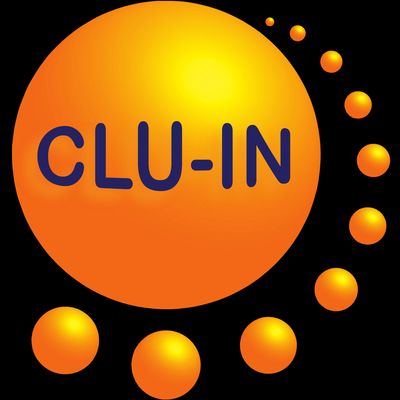Since 1998, The Contaminated Site Clean-Up Information (CLU-IN) website has presented Internet Seminars covering a wide variety of technical topics related to hazardous waste characterization, monitoring, and remediation. For select seminar topics offered since 2012, we are making complete video recordings available through our archives. This feed contains all video seminars archived in the last 12 months. For a complete list of seminars archived since 2000, please visit http://www.clu-in.org/live/archive/. Our Rehabilitation Act Notice for reasonable accommodation is available at http://www.clu-in.org/training/accommodation.cfm. CLU-IN was developed by the U.S. Environmental Protection Agency (EPA) but is intended as a forum for all waste remediation stakeholders. For more information and to view upcoming live offerings, please visit http://www.clu-in.org/live/. For a complete list of RSS feeds available on CLU-IN, please visit http://www.clu-in.org/rss/about/.
http://www.clu-in.org/live/archive
1,4-Dioxane: Science, Characterization & Analysis, and Remediation (Mar 25, 2021)
1,4-Dioxane has seen widespread use as a solvent stabilizer since the 1950s. The widespread use of solvents through the 1980s suggests its presence at thousands of solvent sites in the US; however, it is not always a standard compound in typical analytical suites for hazardous waste sites, so it previously was overlooked. The U.S. EPA has classified 1,4-dioxane as "likely to be carcinogenic to humans." Some states have devised health standards or regulatory guidelines for drinking water and groundwater standards; these are often sub-part per billion values. These low standards present challenges for analysis, characterization, and remediation of 1,4-dioxane. The ITRC team created multiple tools and documents that provide information to assist all interested stakeholders in understanding this contaminate and for making informed, educated decisions. The 1,4-Dioxane: Science, Characterization & Analysis, and Remediation training is a series of six (6) modules. The six individual modules will be presented together live, and then archived on the ITRC 1,4-Dioxane training webpage for on demand listening. The modular 1,4-Dioxane training series provides an overview of 1,4-dioxane and presenting six sections from the ITRC guidance document (1,4d-1, 2021):History of Use and Potential Sources (Sect 1)Regulatory Framework (Sect 2)Fate and Transport (Sect 3)Sampling and Analysis (Sect 4)Toxicity and Risk Assessment (Sect 5)Remediation and Treatment Technologies (Sect 6)After the six-part 1,4-Dioxane: Science, Characterization & Analysis, and Remediation series, you should understand:The history of 1,4-dioxane manufacturing and usage and the potential sources of releases of 1,4-dioxane to the environment.Primary state and U.S. federal regulatory programs of relevance to 1,4-dioxaneKey physical/chemical properties, and fate and transport processes that are relevant for 1,4-dioxaneBenefits and limitations of the available analytical methodsRisk drivers for human health and how ecological risk comparesHow/when/why different treatment technologies are appropriate We encourage you to use the ITRC 1,4-Dioxane products (14d-1) and these training modules to learn about 1,4-dioxane and how you can apply these best practices to improve decision-making at your sites. For regulators and other government agency staff, this understanding of 1,4-dioxane can be incorporated into your own programs. This training summarizes the current understanding of 1,4-dioxane. While the training makes every effort to keep the information accessible to a wide audience, it is assumed that the participants will have some basic technical understanding of chemistry, environmental sciences, and risk assessment. As with other emerging contaminants, our understanding of 1,4-dioxane continues to advance. This training provides the participants with information on areas where the science is evolving and where uncertainty persists. To view this archive online or download the slides associated with this seminar, please visit http://www.clu-in.org/conf/itrc/14D-1_032521/
